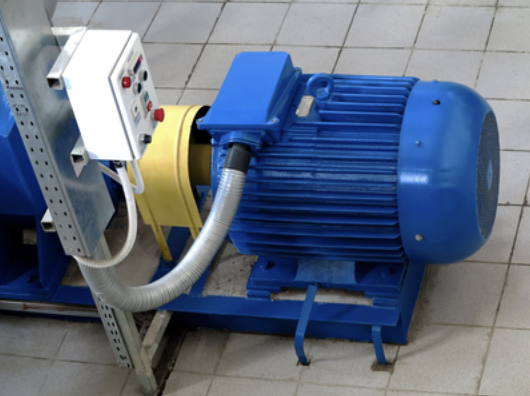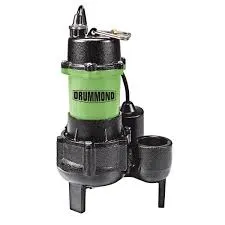Malayalam
- Afrikaans
- Albanian
- Amharic
- Arabic
- Armenian
- Azerbaijani
- Basque
- Belarusian
- Bengali
- Bosnian
- Bulgarian
- Catalan
- Cebuano
- Corsican
- Croatian
- Czech
- Danish
- Dutch
- English
- Esperanto
- Estonian
- Finnish
- French
- Frisian
- Galician
- Georgian
- German
- Greek
- Gujarati
- Haitian Creole
- hausa
- hawaiian
- Hebrew
- Hindi
- Miao
- Hungarian
- Icelandic
- igbo
- Indonesian
- irish
- Italian
- Japanese
- Javanese
- Kannada
- kazakh
- Khmer
- Rwandese
- Korean
- Kurdish
- Kyrgyz
- Lao
- Latin
- Latvian
- Lithuanian
- Luxembourgish
- Macedonian
- Malgashi
- Malay
- Malayalam
- Maltese
- Maori
- Marathi
- Mongolian
- Myanmar
- Nepali
- Norwegian
- Norwegian
- Occitan
- Pashto
- Persian
- Polish
- Portuguese
- Punjabi
- Romanian
- Russian
- Samoan
- Scottish Gaelic
- Serbian
- Sesotho
- Shona
- Sindhi
- Sinhala
- Slovak
- Slovenian
- Somali
- Spanish
- Sundanese
- Swahili
- Swedish
- Tagalog
- Tajik
- Tamil
- Tatar
- Telugu
- Thai
- Turkish
- Turkmen
- Ukrainian
- Urdu
- Uighur
- Uzbek
- Vietnamese
- Welsh
- Bantu
- Yiddish
- Yoruba
- Zulu
Telephone: +86 13120555503
Email: frank@cypump.com
ജുലാ . 19, 2024 16:49 Back to list
HOW TO KNOW IF YOU NEED A SEWER PUMP
HOW TO KNOW IF YOU NEED A SEWER PUMP

As a homeowner, few nightmares compare to raw sewage flooding your basement. Although uncommon, it’s worth any cost to protect your home against the possibility of such an incident. A backup can cause $10,000 or more in structural damage and loss of belongings. So, mitigate your risk by researching sewer pumps, how they can help, and when you need one. Then, hire a professional plumbing company for pump installation and sewer replacement services.
Below, we describe sewer pumps’ functioning, benefits, and more:
Non Clog Sewage Pump
What is a Sewer Pump?
A sewer pump—or sewage ejector pump system—is a piece of plumbing equipment that propels wastewater from below-grade areas in your home. The sewage is ejected from the sewage basin to your septic tank or municipal sewer main.
Above ground, gravity carries wastewater down a drain and through plumbing. However, gravity cannot direct water away from your home. Thus, a sewer pump fulfills this need by ejecting wastewater up and away from your structure.
Unlike sump pumps, sewer pumps eject wastewater—rather than groundwater—from your basement. Still, despite addressing different types of water, both are necessary to protect your basement from flooding.
Benefits of Sewer Pumps
The significant benefits of sewer pumps make them critical in most homes. These benefits include:
- Preventing flood damage: Sewage backups can enter your home and flood your basement. Most notably, sewer pumps help prevent costly flood damage and the loss of priceless personal items.
- Mitigating fire hazards: Basement floods can also short-circuit basement appliances, such as water heaters, heating systems, and laundry machines. A sewer pump can reduce the risk of a basement flood and a disastrous house fire.
- Avoiding clogs and odors: Without the proper equipment to eject wastewater from your home, you’ll likely experience clogs in your drain pipes, putrid smells rising from your drains, and problems with your other plumbing fixtures.
- Countering mold and mildew growth: Basements often offer the dark, warm, and humid environments that mold and mildew need to grow. Stagnant pools of sewage water will not only smell awful but pose health risks in the form of unhealthy air quality and damage to your home’s structure.
How Do You Know if You Need One?
Whereas any home with a basement needs a sump pump, only those with plumbing below a home’s sewer line will need a sewer pump. Since the lowest wastewater outlet is below the sewer line, a sewer pump is required to push the wastewater up and into the sewer line above.

As a rule of thumb, think basements with bathrooms or laundry machines. However, your home’s sewer line may still be lower than your basement bathroom or laundry room. In this case, you won’t need a sewer pump since gravity will do all the work for you.
Nonetheless, if you’re unsure where the sewer line is in your home, have a professional plumbing company determine if your home needs a sewer pump.
-
High-Efficiency Submersible Effluent Pump for Sewage & Wastewater Solutions
NewsJul.08,2025
-
High Quality CH Warman Slurry Pump Factory - Leading Horizontal Slurry Pump Supplier
NewsJul.08,2025
-
Hot Sale Chemical Circulating Pump – Efficient & Durable Slurry Circulating Pump Solutions
NewsJul.08,2025
-
High-Efficiency Submersible Dredge Pump for Sand & Gravel Durable Dredge Slurry Pumps Solutions
NewsJul.07,2025
-
Wholesale Slurry Pump Impeller Supplier – High-Quality & Efficient Pump Parts for Enhanced Performance
NewsJul.07,2025
-
High-Efficiency Water Submersible Pumps Reliable Water Pump for Potable Water Supply
NewsJul.06,2025











